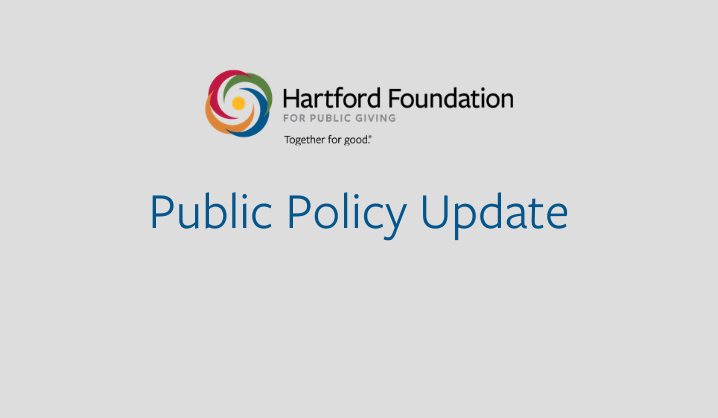New & Noteworthy

Hartford Foundation Testifies Before Gun Violence Intervention and Prevention Advisory Committee
Read the Foundation's Testimony
On Friday, November 5, Hartford Foundation Director of Strategic Partnership Investments Judy McBride testified before the Gun Violence Intervention and Prevention Advisory Committee public hearing. The hearing featured testimony from public safety, law enforcement, emergency first responders, criminal justice representatives, and violence prevention professionals. The Committee is seeking to learn the effective gun violence reduction strategies and programs your organization utilizes to help to enhance public safety and reduce community and gun violence. The Committee will be making recommendations to the General Assembly in January 2022.
The Foundation’s support for violence prevention efforts has focused on the important role of public-private partnerships. Both sectors must work together to implement strategies that engage youth and recognize and build on their inherent abilities. We are stronger together and we encourage the public sector to join the Harford Foundation and growing number of local and national philanthropic and nonprofit organizations in prioritizing in policy and funding trauma-informed, asset-based programs and services. In her testimony before the Committee, McBride stated that applying an equity lens is critical to developing effective solutions. This effort also requires better local crime data, so we know who the perpetrators of crime actually are. This will allow us to address the often-unsubstantiated perception that youth are solely responsible. Our work also seeks to recognize the impact on victims and their families. With an historic federal investment in our state and local government, now is the time for collaboration to realize these goals that can support the health of our youth and their communities. While the public sector must take the lead on these efforts, philanthropy has more flexibility in what it funds and can fill gaps in support with such things as capacity building for providers, funds for convening and covering staff costs, and research and evaluation to gauge how programs are working.
